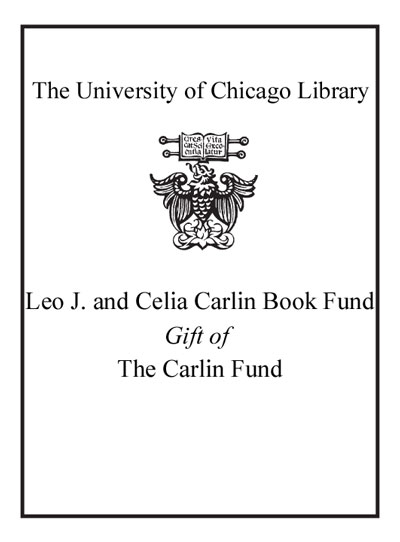East Asia's changing urban landscape: measuring a decade of spatial growth.
Saved in:
| Imprint: | Washington DC : World Bank, [2015] |
|---|---|
| Description: | xxi, 157 pages ; 26 cm. |
| Language: | English |
| Series: | Urban development series Urban development series (Washington, D.C.). |
| Subject: | |
| Format: | Print Book |
| URL for this record: | http://pi.lib.uchicago.edu/1001/cat/bib/10142098 |
| Summary: | Urbanization is transforming the developing world. However, understanding the pace, scale, and form of urbanization has been limited by a lack of consistent data. East Asia's Changing Urban Landscape aims to address this problem by using satellite imagery and other data to measure urban expansion across the East Asia and Pacific region between 2000 and 2010. Illustrated with maps and charts, it presents trends in urban expansion and population growth in more than 850 urban areas -- by country, urban area, income group, and city size categories. It discusses findings related to increasing urban population densities across the region and quantifies the administrative fragmentation of urban areas that cross local boundaries.The book discusses implications of the research and outlines potential policy options for governments that can help maximize the benefits of urban growth. These policy options include strategically acquiring land to prepare for future urban expansion; creating national urbanization policies that address the growth of the entire system of cities at once in order to support economically efficient urbanization; investing in small and medium urban areas; ensuring spatial access to the poor in order to make urban growth more inclusive; maximizing the benefits to the environment of existing urban density through location, coordination, and design of density; and creating mechanisms to support interjurisdictional cooperation across metropolitan areas.Leaders and policy makers at the national, provincial, and city levels who want to understand how trends in their cities compare with others in East Asia, as well as researchers and students interested in the transformative phenomenon of urbanization in the developing world, will find this book an invaluable resource. |
|---|---|
| Physical Description: | xxi, 157 pages ; 26 cm. |
| Bibliography: | Includes bibliographical references. |
| ISBN: | 1464803633 9781464803635 |

